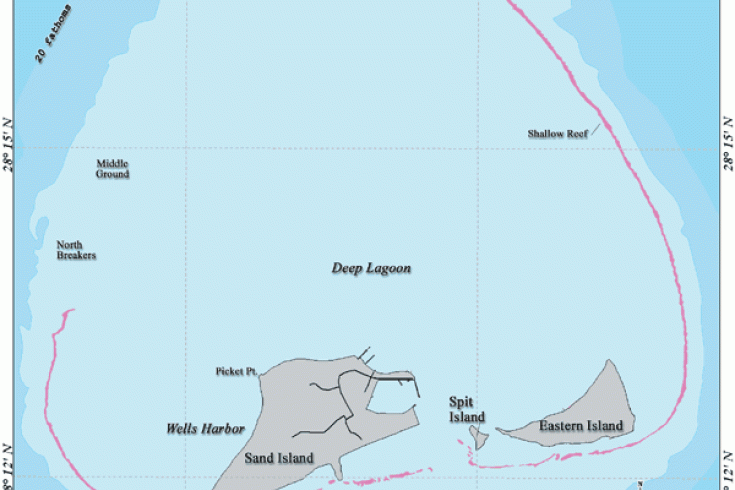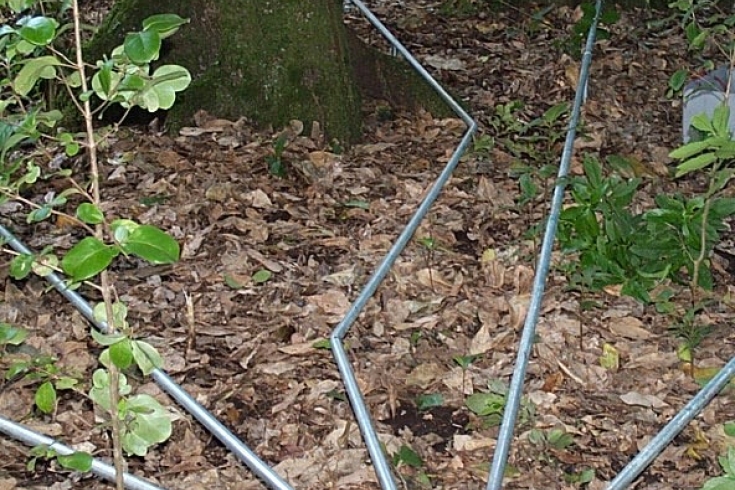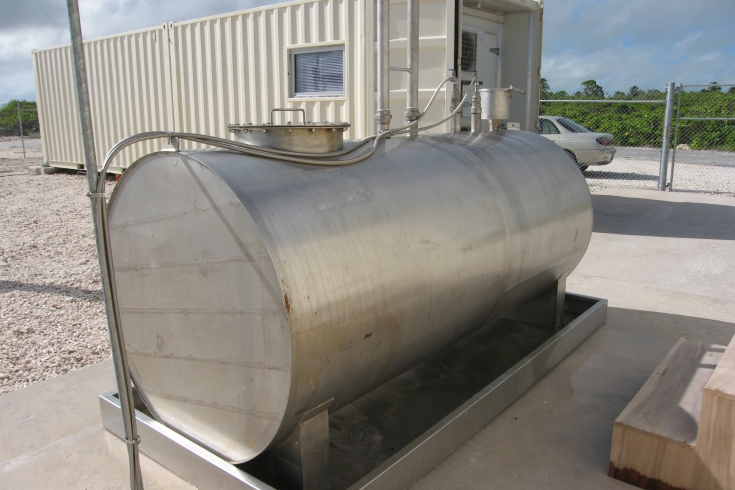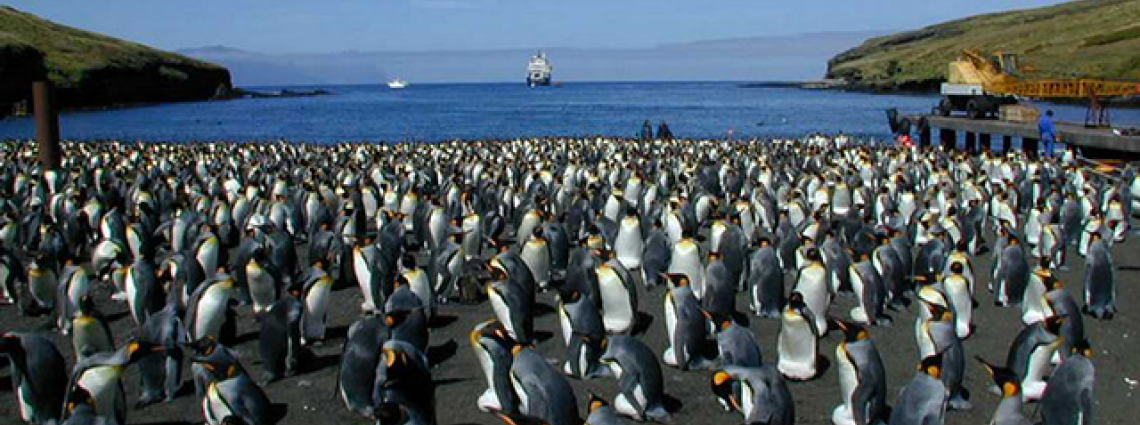World Environment Day 2014
To verify Treaty compliance, the CTBTO has established a worldwide network of monitoring stations, the International Monitoring System (IMS). The locations of the 337 IMS facilities were determined during the negotiations of the Comprehensive Nuclear-Test-Ban Treaty (CTBT) with a view to ensuring global coverage. Many of the stations are foreseen for remote places in order to minimize disturbing background noise, for example from traffic routes or industry.

Midway Atoll
The birds found the inlet of our system very warm and comfortable but this was causing serious problems for air sampling. We found a solution by placing a net to cover the inlet. It helps to protect both the system and the birds.
A net was placed on the inlet to prevent birds from entering the system - protection for bird and system alike.
To be allowed to conduct any activities within the monument requires submission of a Monument permit, the request for which is posted on their webpage for comments from the public and approved by the three co-trustees.
U.S. airforce runway at Midway - image credit: Gary Randall
Treading softly in New Zealand...

Array element pipes of infrasound station IS36 in New Zealand have been bent around the trees.
...in Patagonia...
...and on Kiritimati Island

Special precautions are taken during the installation of diesel tanks to prevent contaminating leaks.
4 Jun 2014
